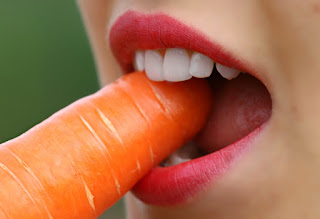Extraction of teeth, also known as tooth extraction, is the removal of a tooth from its socket in the bone. This procedure is usually performed by a dentist or oral surgeon under local anesthesia to numb the area around the tooth and minimize discomfort.
Severe Tooth Decay: If a tooth is extensively decayed and cannot be restored with a filling or crown, extraction may be the only option to prevent further spread of decay to nearby teeth.
Advanced Gum Disease: Periodontal disease (gum disease) can cause teeth to become loose due to damage to the supporting structures (gums and bone). In advanced cases, extraction may be needed if the tooth cannot be saved.
Impacted Wisdom Teeth: Wisdom teeth (third molars) may become impacted (unable to fully emerge through the gum) or grow in at an angle that can affect neighboring teeth. Extraction is often recommended to prevent pain, infection, and damage to nearby teeth.
Orthodontic Treatment: Sometimes teeth need to be extracted to create space for orthodontic treatment (braces) to align the remaining teeth properly.
Broken or Fractured Teeth: Teeth that are severely broken or fractured beyond repair may need to be extracted to prevent infection or further damage.
Overcrowding: Extraction may be necessary if there are too many teeth in the mouth and not enough space to accommodate them. This can occur prior to orthodontic treatment or to make room for dentures.
Risk of Infection: In some cases, a compromised immune system due to medical conditions or treatments (such as chemotherapy) may necessitate extraction of teeth at risk of infection.
After a tooth extraction, it's important to follow the dentist's post-operative care instructions to promote healing and prevent complications such as dry socket (when the blood clot in the socket breaks loose). This typically involves taking prescribed medications, avoiding certain foods and activities, and practicing good oral hygiene.
If you are experiencing dental pain or have concerns about a tooth, it's best to consult with a dentist who can evaluate your situation and recommend the appropriate treatment, which may or may not include extraction.























.jpg)

